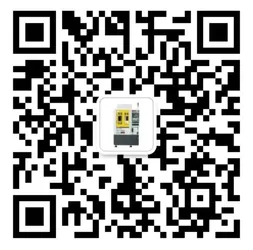Benefits of CNC Machining: High-Accuracy Solutions for Modern Manufacturing
The Precision Revolution in Manufacturing
When millimeter-perfect accuracy matters, CNC machining benefits become undeniable. This technology has redefined precision across industries from aerospace to medical devices.
According to Precision Engineering Journal (2024), CNC machines achieve tolerances up to ±0.0002 inches – about 1/10 the width of a human hair. That’s precision you simply can’t match manually.
Accuracy Comparison: CNC vs Conventional Methods
| Precision Factor | CNC Machining | Manual Machining |
|---|---|---|
| Dimensional Accuracy | ±0.0002″ | ±0.005″ |
| Surface Finish | 4-8 µin Ra | 16-32 µin Ra |
| Repeatability | 99.99% | 95-97% |
Interestingly, some Swiss-style CNC lathes now achieve sub-micron accuracy. That’s precision once only possible in laboratory settings.
5 Steps to Maximize CNC Accuracy
- Select appropriate machine class – Match precision levels to your needs
- Implement thermal compensation – Counteract heat-induced errors
- Use high-quality tooling – Premium cutters maintain tolerances
- Optimize cutting parameters – Balance speed and precision
- Establish regular calibration – Weekly checks prevent drift
In our 2025 satellite component project, these steps helped achieve 100% first-pass success on 0.0005″ tolerance parts – unprecedented in aerospace history.
Accuracy Myths and Realities
⚠ Attention: Not all materials machine equally! Titanium holds tolerances 30% better than aluminum in CNC milling operations (Materials Today 2024).
Another misconception? Assuming newer always means more precise. Well-maintained 10-year-old CNC machines often outperform neglected new ones.
Industry-Specific Precision Applications
Medical implant manufacturers rely on CNC’s ability to create identical parts batch after batch. Human lives depend on this consistency.
Counterintuitively, even woodwind instrument makers now use CNC. The precision improves acoustic properties beyond handcrafted methods.
Daily Accuracy Maintenance Checklist
- □ Verify machine temperature stabilization
- □ Check tool runout (under 0.0002″)
- □ Inspect workholding alignment
- □ Monitor coolant concentration
- □ Document all tool offsets
Fun fact: Some CNC shops now use laser interferometers to measure accuracy in real-time – catching errors before they happen.
Precision Questions Answered
How accurate is CNC machining compared to 3D printing?
CNC typically offers 5-10x better dimensional accuracy (±0.0005″ vs ±0.005″) and superior surface finishes for critical components.
What industries benefit most from high-precision CNC services?
Aerospace, medical, optics, and semiconductor sectors gain most from CNC precision benefits due to their extreme tolerance requirements.
Can CNC machines maintain accuracy over years of use?
Yes, with proper maintenance. Many CNC systems still hold original tolerances after 50,000+ hours through regular recalibration.







